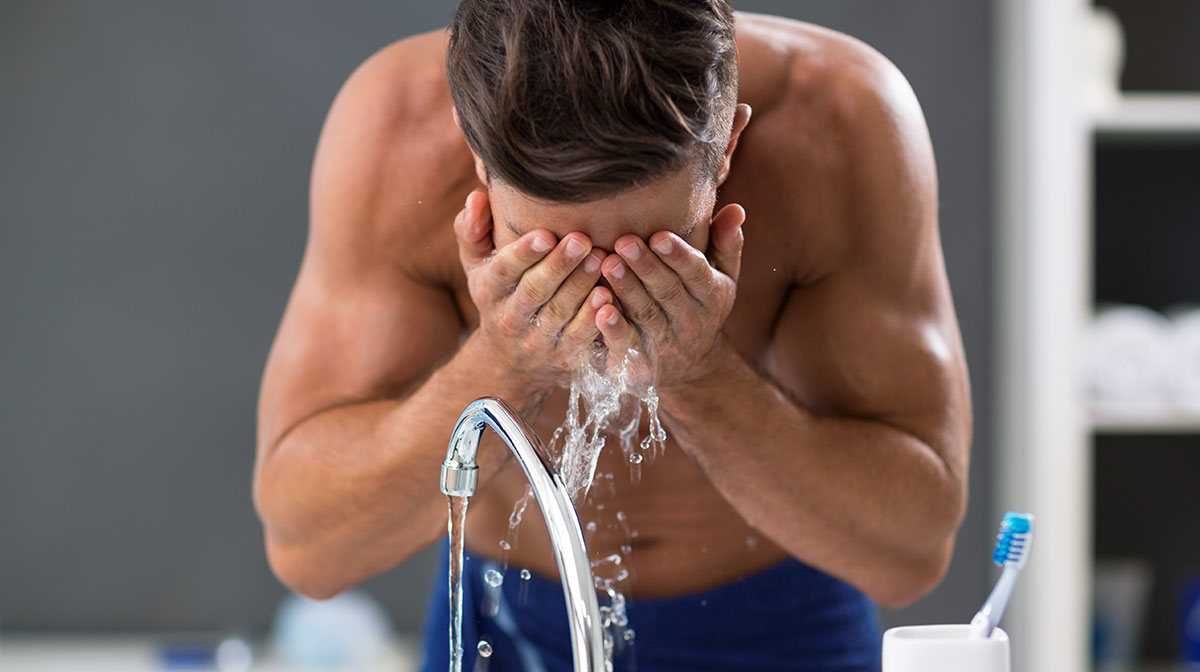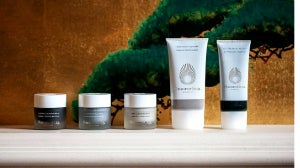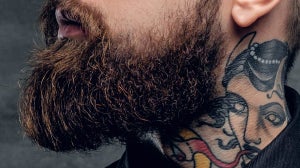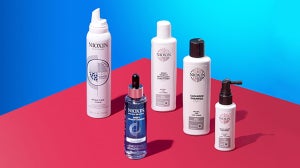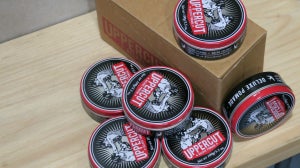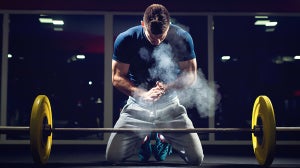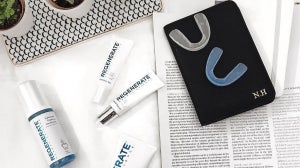
Rosacea is a facial rash that occurs in adult men and women though the exact cause of it is still unknown. We do know, however, that I tends to affect people in the 30s and 40s, especially those with fair-skin, blue eyes and of Celtic origin. It is often called 'acne rosacea' but it is quite different from acne. The red spots and pustules are dome-shaped rather than pointed. Sometimes the affected skin is swollen and hot and it affects the cheeks, nose and forehead - rarely it involves the trunk and upper limbs. Facial creams or oils and topical steroids may aggravate Rosacea.
Rosacea is often accompanied by other features like a red face due to flushing and telangiectasia (persistent red veins) or red, sore or gritty eyelids (blepharitis). Sun exposure, hot and spicy food, drinks containing caffeine and alcohol often aggravate symptoms. The skin may be very sensitive i.e. sunscreens, change in temperature or exposure to wind. The nose may also slowly enlarge (rhinophyma). The condition can currently be treated but cannot be cured.
Stages of Rosacea
Redness
The cheeks or forehead appear to have a flush or sunburn. The redness is caused by dilation of the blood vessels in the skin, which allow more blood to flow and pool under the surface of the skin.
Pimples
The next stage pimples may appear on the face. The types of pimples seen in people with Rosacea differ from acne, which are characterised by blackheads or whiteheads (comedones). In Rosacea the pimples appear as small red and solid (papules) or pus-filled (pustules). A characteristic symptom is thin redlines on the face which are called telangiectasia. These redlines are the dilated blood vessels that become distended under the surface of the skin.
During the early stages of Rosacea the telangiectasia is obscured by the red colour or flushing of the cheeks, once the redness disappears the red lines become more apparent. When it is left untreated some people, mostly men, may eventually get small knobbly bumps on the nose called rhinophyma.
Standard Treatment
Once a diagnosis of Rosacea is confirmed the standard approach to therapy will involve the use of a systemic antibiotic in combination with a topical antibiotic gel. Metronidazole was the first topical treatment approved for the treatment in 1989. This product can be used to help reduce flare-ups once the disease has been brought under control.
The brand name for metronidazole in the is MetroGel (MetroCream and MetroLotion) which contains 0.75% metronidazole. Noritate is another product that contains 1.0% metronidazole. Once Rosacea has progressed to the stage where redlines (telangiectasis) are evident the only choices are corrective surgery or covering the redlines with makeup. Anything that may cause facial stinging should also be avoided.
There is however an alternative treatment which has shown excellent results in the treatment of Rosacea. AcnEase has been reported to reduce facial redness attributed to Rosacea. It also reduces the incidence and severity of acne associated with this condition.
Now you know what Rosacea is, it should help you determine whether you or somebody you know needs to see a GP. If you’re pretty sure that you’re not suffering with the condition then check out our guide to an ultimate skin detox cleanse.

